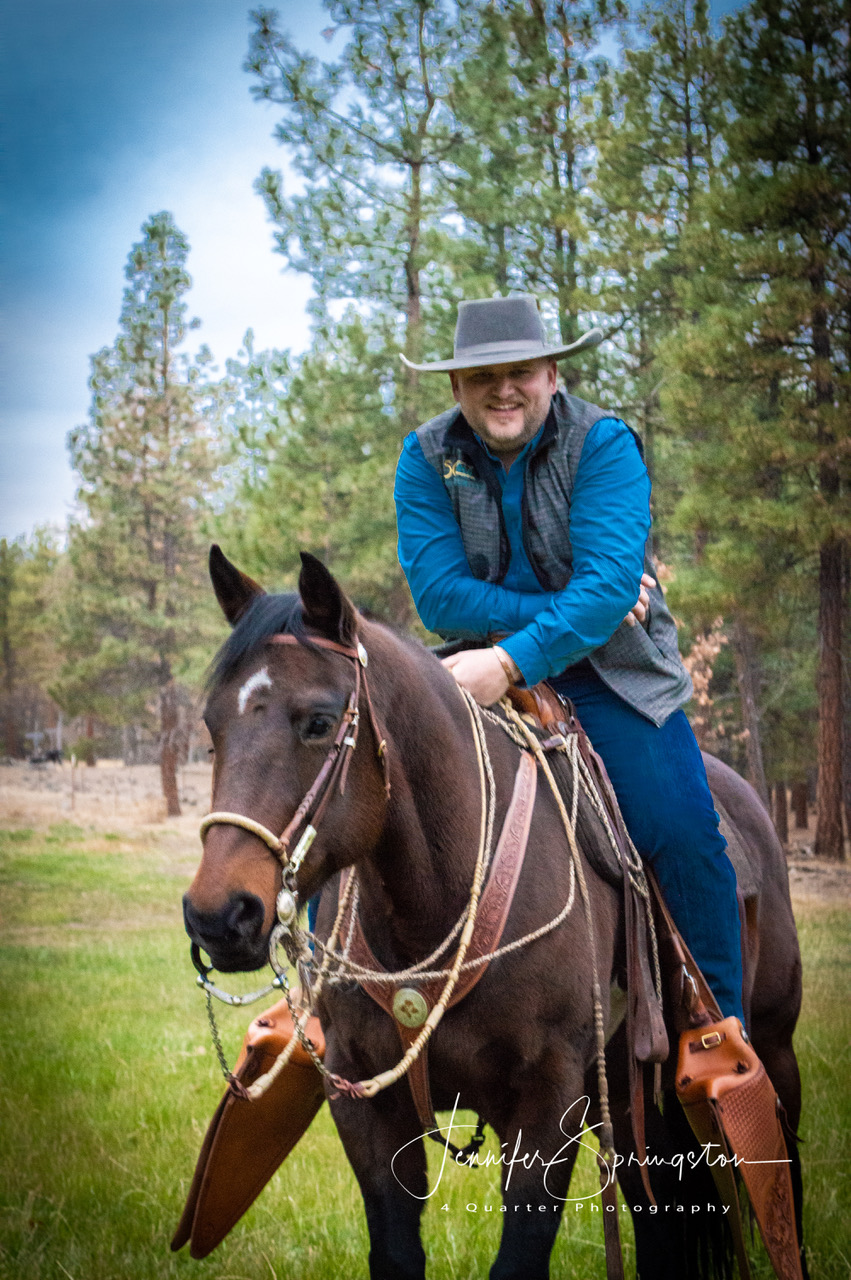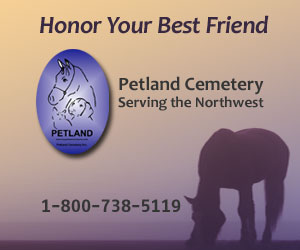This month I want to talk to riding instructors — people who teach other people to ride from the middle of the ring — as opposed to trainers who teach the horse.
Whether your client is horse or human, a key ingredient in training or riding is timing. The skilled, well-timed delivery of an aid, a release, a change of balance, or when to begin or when to call it quits is one of the most important abilities in horsemanship. These all mean something to the horse. Accurate timing is one of the best tools available to communicate, affirm, or discourage a behavior.
So how do we teach timing to new riders? Teaching inexperienced riders can be absolutely gut wrenching as they detune a nice horse through delayed reaction. As an instructor or horse owner you feel constantly three steps behind. By the time your instructions reach the rider, are understood and implemented, the moment has passed. “Okay, gently check back… Okay, good, now release. Release… RELEASE!” Not only is it grating on your nerves, the student feels as if they committed an unpardonable sin.
A horse trainer has the advantage of being able to focus on the horse alone. A riding instructor, or someone leading others in horseback activities, needs to be aware of the horse, rider, and themselves. Just understanding that new riders will take time to develop a sense of timing will help calm those “teacher nerves.”
It’s also a good idea to develop a series of exercises in your program that will help develop understanding. Remember that there are three learning styles and the majority of people need the visual demo and some kind of hands-on try before they have a frame of reference to work from. Never hesitate to simplify. If you break things down enough, you can’t help but be successful. How and when you deliver information to the human should be just as well-timed as the way a horse trainer might deliver a signal to the horse.
One exercise I have used to develop awareness of timing is to have riders pick just one of the horse’s limbs to learn about—let’s say a foot. As they ride through whatever maneuvers they happen to be working on that day, call them back to that one foot. What is it doing when you back or turn or side pass? Where is it going next after each move? What do you feel when that particular leg moves? Riders will gain a new awareness.
Later you can teach them to influence the foot in a direction by sequencing an aid. They can ask for more impulsion, or to reach more in a stride. They find that it is easy to move a foot when it is in the air, but imposable to move when planted on the ground.
In a group setting you may wrap a single leg on one horse so riders can see the limb in motion. Once they are handy with one leg switch the foot on them. They can start to learn how footfalls work, or how two limbs sometimes move in unison. That awareness can really help students think through how to time aid delivery and can be fun to figure out.
Another good unmounted exercise is to teach your students to lower a horse’s head using pressure and release at the poll. The advantage to this simple exercise is that the consequences for bad timing are minor when it comes to screwing up a good horse. There is however strong potential to gain a better feel and understanding of what it means for a horse to soften. You could even make this part of a warm-up exercise prior to mounting and get the added benefit of suppling the horse.
Later, build on what is learned. From this, you can develop a leg, rein, or balance aid that softens and activates the horse rather than dulls or stiffens. Show them that pressure is just one tool, and there are other options for influencing a horse that can be more subtle and get better results.
Teaching someone to time the delivery of an aid is like teaching someone to balance on a beam. There are so many nuances that only come with time in the saddle. Correcting on the fly is likely still too late, but a good teacher can really help with some preemptive forethought. When riders put the pieces together in advance, they are prepared when they need to be.
The old rule of KISS (Keep It Simple, Stupid) always applies. Even just learning when to do nothing can be huge. A well-timed “nothing” will usually mean a big “something” to the horse.
View the full May 2020 edition here.

Teddy Franke from north central Oregon is a life-long student of the horse. Along with his family, he manages the horse program for Camp Morrow and operates Franke Equine; a horsemanship and farrier business. Teddy is a CHA certified master riding instructor and certifier. He is a graduate of Mission Farrier School, an ASHA Judge, a past AYHC board member, and is a sitting board member for the Certified Horsemanship Association. He loves competing in ranch roping and stock horse events. Check out his show “Live Equestrian” on Farm and Ranch TV or on YouTube. For more info visit FrankeEquine.com.






